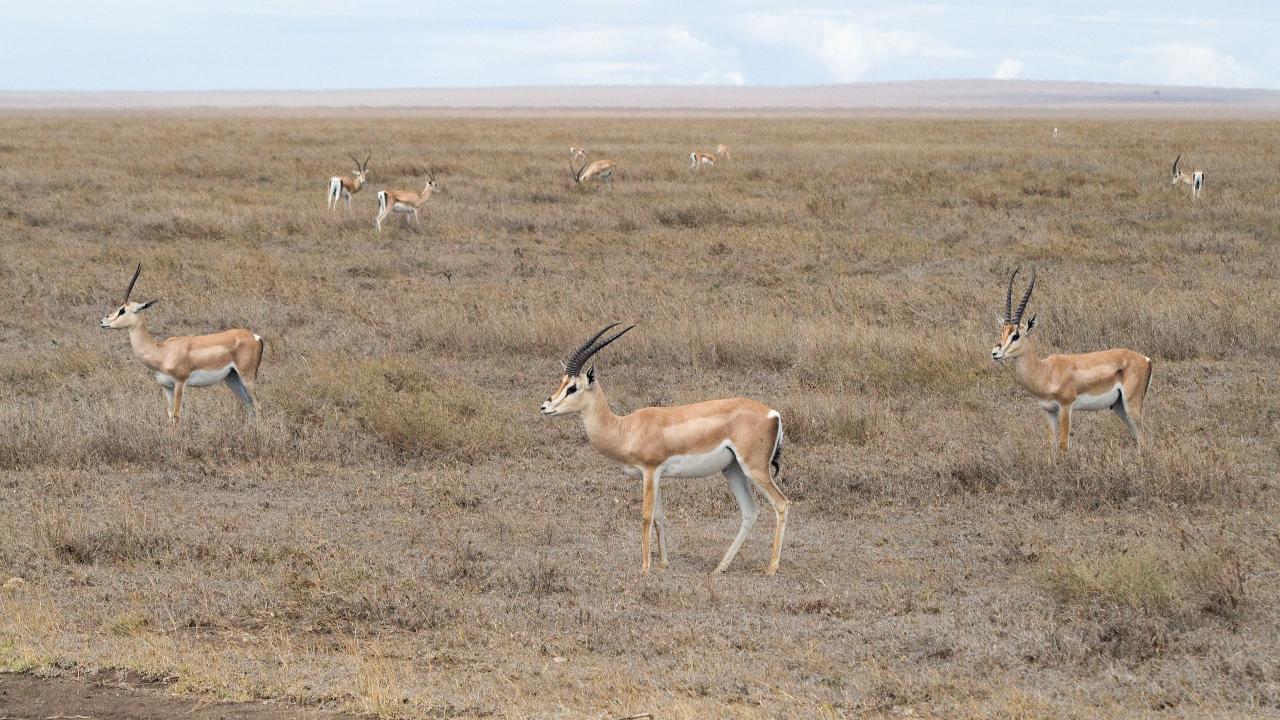Alfred Hitchcock observed that “There is no terror in the bang, only in the anticipation of it.” A common way to build suspense in a movie scene is for the audience to know something bad is going to happen, but not when it is going to happen. But how does uncertainty work to ratchet up our anxiety? In a recent paper in the journal Computational Psychiatry, researchers at the University of California, Davis, Department of Psychology take a deeper look into what builds fear.
Not knowing when something will happen can cause anxiety, but until now we didn’t have any idea why, said Drew Fox, associate professor of psychology at UC Davis. The first step in addressing this problem is being more precise about how we define “uncertainty,” he said.
Fox and graduate student Dan Holley realized that when you are anticipating that a bad thing is going to happen, depending on how the scenario is set up, there can be big differences in the perception of hazard at different times, even if the probability of the bad thing happening is the same.
For example, if there is a 10 second countdown to an electric shock, the hazard rate is low until the countdown ends. But if the shock could occur at any time in those 10 seconds, the hazard rate should go up, they calculated.
“If you know something is going to happen, as time goes on the hazard rate goes up because you know it didn’t happen earlier,” Fox said. “The hazard rate is always going to be higher if you don’t know when it is going to happen.”
Hazard rate rising over time
Holley and Fox, working with Professor Erie Boorman and graduate student Erica Varga, set up an experiment to test their idea. Volunteers received a small cash incentive (1 cent per second) to stay in a virtual environment but could also get a mild electric shock at some point unless they opted to leave first.
They found that as expected, the hazard rate rather than the actual probability of getting a shock drives anxiety.
“At each experimental time point, the threat hazard rate mapped almost perfectly to our participants’ behavior, whereas the momentary threat probabilities had no predictive value whatsoever,” Holley said. The volunteers also reported feeling significantly more anxious in the higher hazard rate environment.
Our brains have likely evolved to track rising hazard rates, Holley said.
“Imagine a gazelle on the Serengeti,” he said. “As a matter of survival, it could keep its head down and graze a little longer, but the tradeoff is that it’s a bit more likely to be attacked by a lion.”
The longer the gazelle grazes, the more the hazard rate increases.
“Something in its mind must be tracking the hazard rate and guiding its behavior accordingly,” Holley said.
By breaking down the concept of “uncertainty” in anxiety-inducing situations, the researchers hope to get a better understanding of the mechanisms behind fear and anxiety, including ways to treat the millions of people who suffer from extreme anxiety disorders.
The work was supported in part by grants from the National Institutes of Health.
Media Resources
Read the paper (Computational Psychiatry)
Media Contacts:
- Drew Fox, Psychology, fox.drew@gmail.com
- Andy Fell, News and Media Relations, 530-304-8888, ahfell@ucdavis.edu
